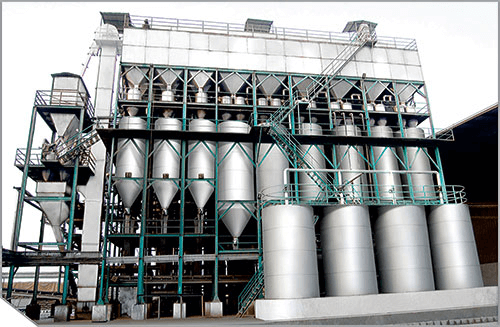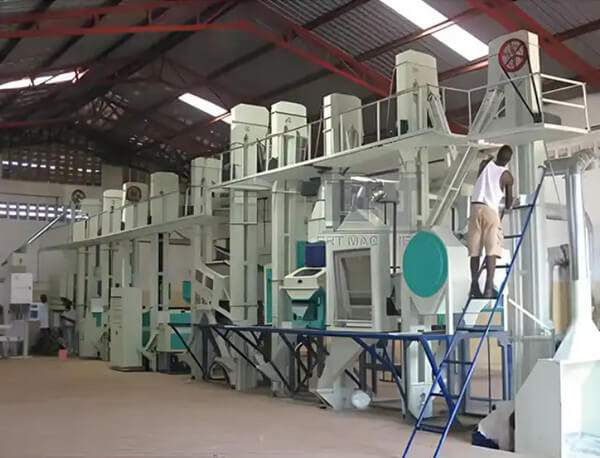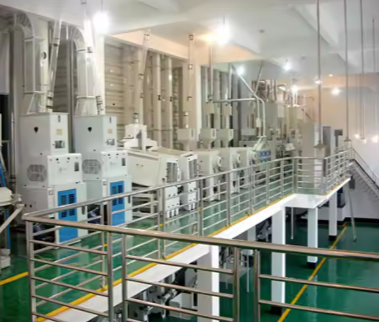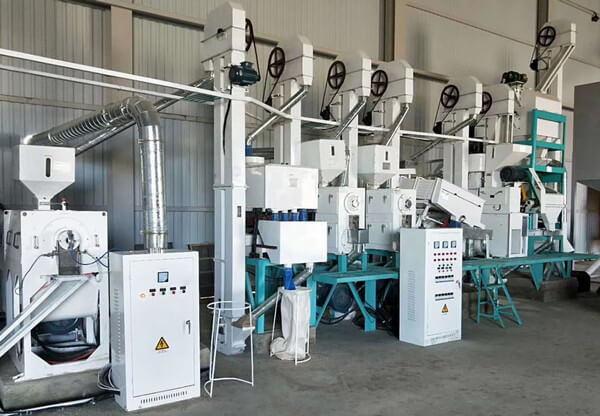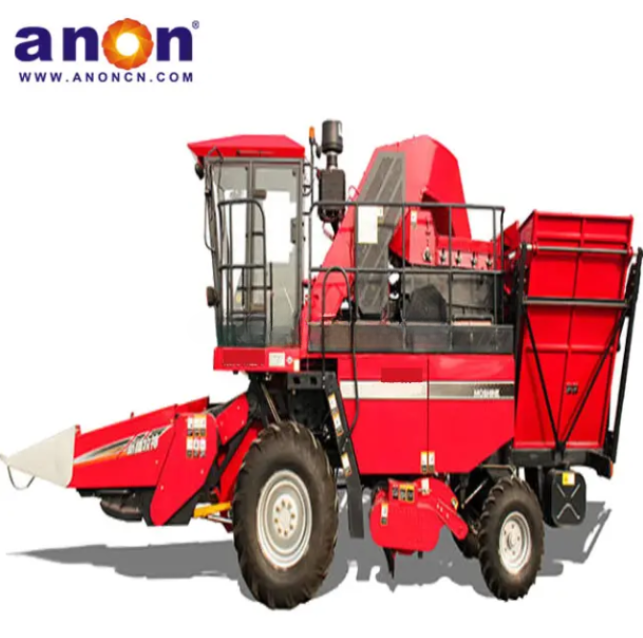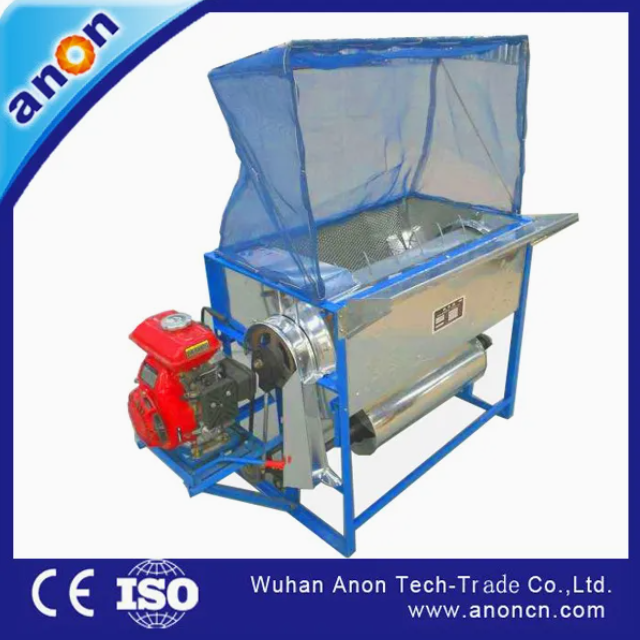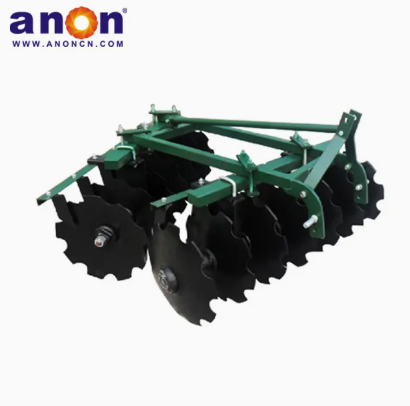Introduction
A rice milling machine plays a very important role in rice processing. The milling process includes cleaning, dehulling, and whitening of rice, and involves many machines. This article will take you through rice processing equipment, explaining both single-function machines and complete production lines. We hope this can help you in choosing the right rice milling machine.
List of machines you may use in the rice mill
We can roughly divide the machines used in the milling process into three stages: pre-treatment of rice, dehulling and whitening during processing, and finer processing and packaging in the later stage. Below is a list of the machines we use in rice processing.
Paddy Cleaner
A paddy cleaner is a machine used to clean rice and remove impurities, keeping the grains clean. It includes a cylindrical pre-cleaning sieve, a flat rotary sieve, a vibrating cleaning sieve, and a specific gravity stone remover. These machines help remove large impurities like weeds and straw, as well as smaller particles like broken husks and dust. Most importantly, they remove stones from the rice.
Cylindrical initial cleaning screen
The cylindrical initial cleaning screen is a device that uses the difference in particle size of materials to achieve impurity separation through the combination of a rotating screen cylinder and a sieve mesh. Its working principle is based on the synergistic effect of screening, centrifugation, and spiral propulsion. The material enters the rotating screen cylinder through the feeding port, and different specifications of screens are installed on the inner wall of the screen cylinder. The cylindrical initial cleaning screen is suitable for the initial cleaning of raw grains with high impurity content, and it is suitable for various cleaning production needs from small to large, making it suitable for large-scale production.
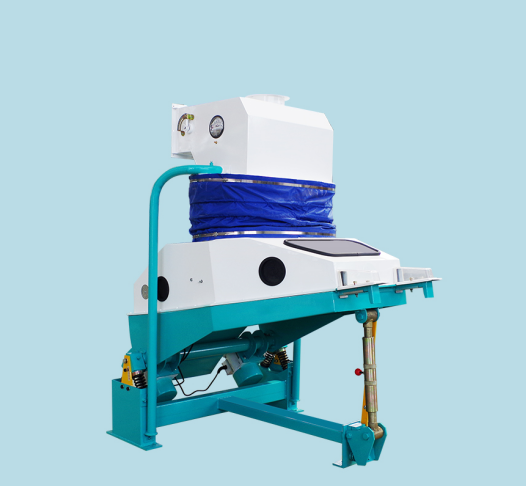
Flat rotary screen
A flat rotary screen is a device that efficiently screens materials through horizontal rotational motion. Its working principle is based on the motion trajectory and automatic grading characteristics of materials on the rotating screen surface. Under the flat rotary screen body, there are constantly bouncing elastic balls. During the screening process, the elastic balls constantly bounce, effectively preventing material from blocking the screen holes and ensuring screening efficiency. The flat rotary screen has high screening efficiency and is suitable for fine and ultrafine powder and particulate materials.
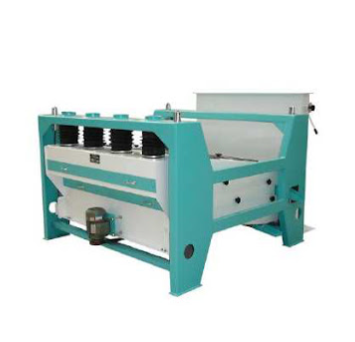
Vibration cleaning screen
A vibration cleaning screen is a device that uses high-frequency vibration to achieve efficient classification, impurity removal, and purification of materials. It generates high-frequency vibration through a vibrator, causing materials to be thrown and rolled on the screen surface, thus separating substances of different particle sizes or densities. The vibrating cleaning screen is suitable for cleaning raw grains with a variety of impurities.
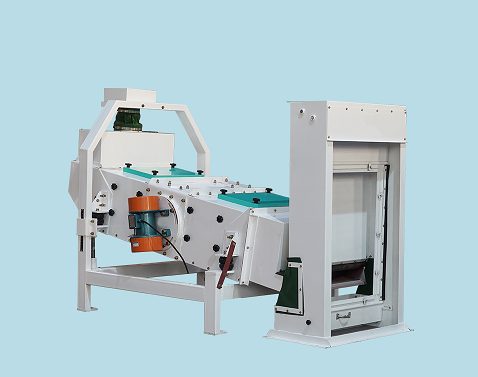
Finally, there is the specific gravity stone removal machine, which mainly utilizes the different specific gravities of rice and stones and uses mechanical wind and reciprocating sieve surfaces to separate stones from granular materials as an impurity removal device. I believe you have more or less experienced the experience of eating stones in rice. Imagine that scene, and you will understand the importance of a stone removal machine.

In short, these machines ensure the quality of the final rice and protect subsequent processing machines from being affected by these impurities and causing blockage and damage. Whether it is milling, drying, or steaming rice, cleaning is the first step.
Paddy Husker
A paddy husker is a machine that helps remove the husk from rice, turning it into brown rice. The rubber roller paddy husker is the most common type on the market. Its wear resistance and low rice breakage make it widely used. In the dehusking process, two rubber rollers press and rub the rice at different speeds, removing the husk. Rubber roller huskers come in two types: the pressure-type husker and the pneumatic husker.
The main distinguishing components of the pressure weight-type rice huller are the pressure weight and connecting rod. The adjustment operation is simple and convenient through the pressure weight and connecting rod, and the weight of the pressure weight can be adjusted according to the variety and moisture content of the grain.
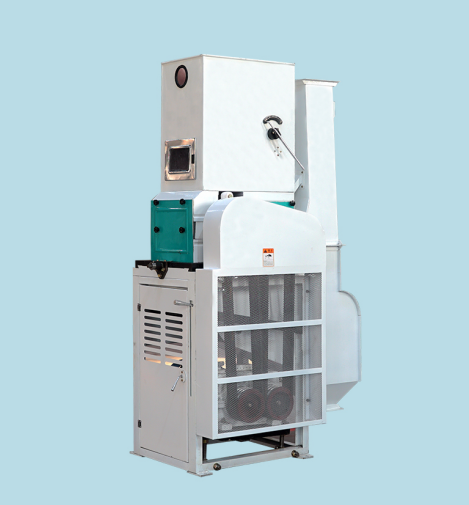
The pneumatic huller adjusts the pressure of the rubber roller through air pressure steplessly, which is more uniform than adjusting the pressure of the rubber roller with a pressure weight, reducing the crushing rate and improving the husking effect of rice. Moreover, the pneumatic rice huller is equipped with an automatic sensor. When raw grain enters, the rubber rollers will automatically close for rice hulling. When there is no raw grain, they will automatically separate and stop working, saving more labor. The automation level is higher, and the price is higher.
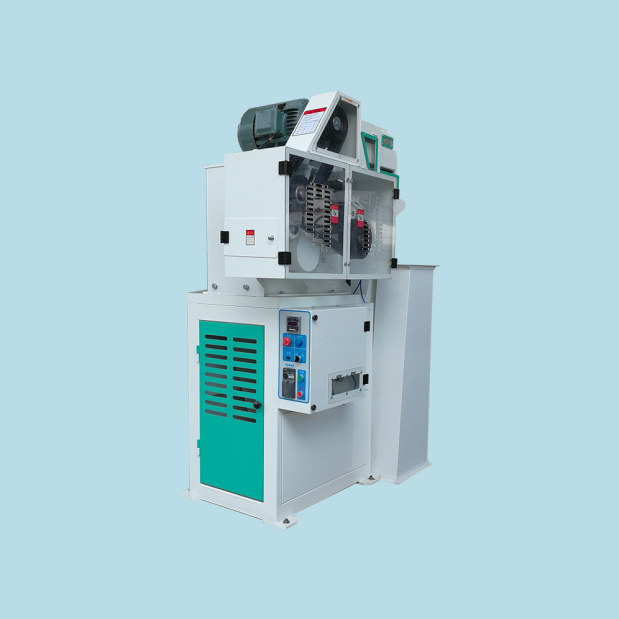
Paddy Separator
A paddy separator is a machine that separates the brown rice from the mixture of brown rice and paddy. The brown rice can be further processed for whitening, or if you only need brown rice, no further whitening is necessary. The mixture of brown rice and paddy can be separated again in the separator, while the paddy will be sent back to the husker for dehusking. We offer both single-body and double-body brown rice separators, with processing capacity determined by the number of screens and layers.
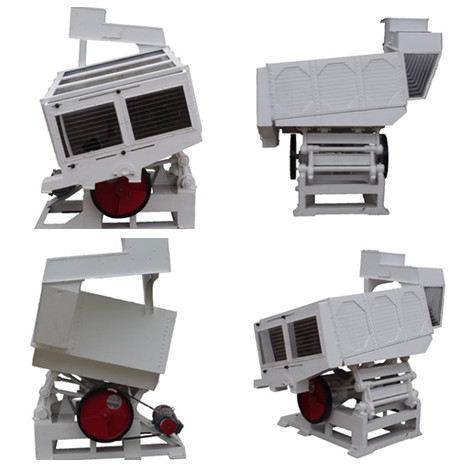
Rice whitener
A rice whitener is the key machine that helps turn brown rice into white rice. It removes the bran layer from brown rice and whitens it, transforming it into the white rice we consume daily. Rice mills are divided into friction-type iron roller mills and grinding-type sand roller mills. The grinding-type sand roller mill has a higher roller speed and lower broken rice rate, while the friction-type iron roller mill has a lower speed and higher uniformity in milling. However, it also tends to produce more broken rice. Therefore, iron roller mills are more suitable for milling oil-rich grains, such as parboiled rice.
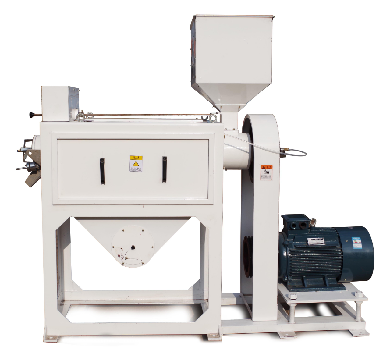
Rice Grader
A rice grader is a machine that further sorts the white rice after milling. During the milling process, a lot of broken rice is produced. The white rice grader uses a set of screens with holes that gradually decrease in size from top to bottom to separate the rice into whole grains, large broken, medium broken, and small broken rice. This helps with the next steps of separate processing.
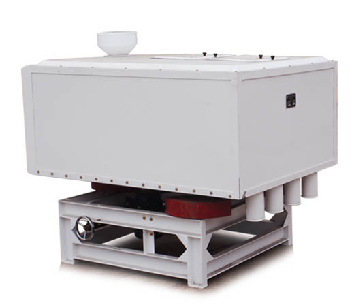
Rice Color Sorter
A color sorter is a machine that uses optical technology to remove off-color particles from rice. It helps further improve the rice quality and ensures the color is uniform. Color sorters come in two types: CCD single-color sorters and RGB multi-color sorters. The CCD sorter can only sort one color, and you cannot change its settings once set. The RGB sorter can adjust and set different colors using the three primary colors, and you can modify it later.
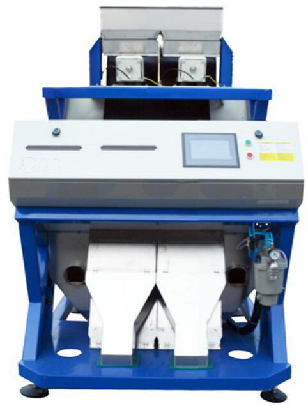
Rice polisher
A polishing machine makes the surface of rice glossy, smooth, and shiny, improving its grade and commercial value. The polishing process involves applying pressure and heat to the rice, using friction to polish its surface. This is actually a starch gelatinization process, which fills in cracks on the rice’s surface, enhances its appearance, and improves its storage qualities.
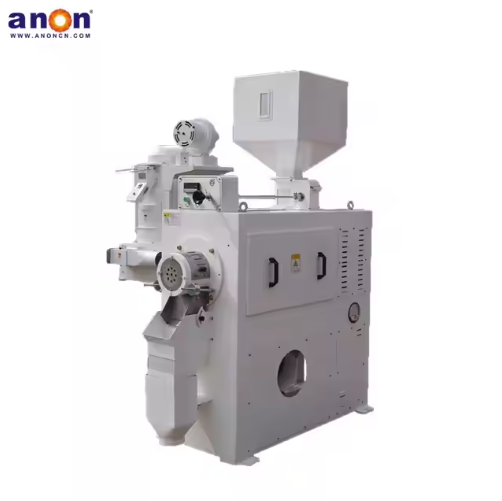
Rice packing machine
A rice packing machine packages rice into bags after measuring the weight of each bag. It can be either semi-automatic or fully automatic. The semi-automatic machine requires manual bag changes to receive the rice, while the fully automatic machine changes bags without manual labor.
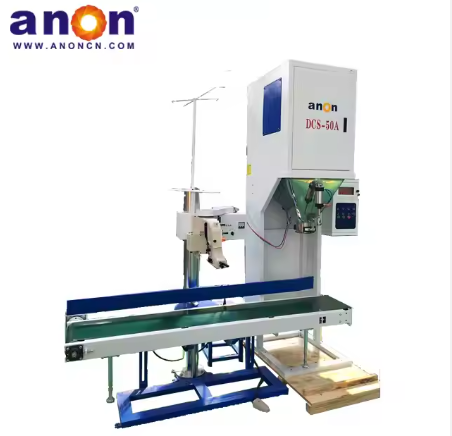
Types of complete rice mill
Not all of the machines mentioned above are necessary, depending on your situation. Based on the number and types of machines used in the milling process, they can form different production lines to complete the entire rice milling process. However, dehulling and whitening are essential steps in any process that turns paddy into white rice. Some small, all-in-one machines can complete these steps at once. I will introduce them to you one by one.
Mini rice milling machine for home use
The small household rice mill I mentioned is a machine that combines cleaning, dehulling, brown rice separation, and milling into one. It is compact and cleverly designed, making it ideal for home-based rice milling. The price is relatively affordable, so if you have a limited budget but want to enter the rice milling business, it is a good choice.
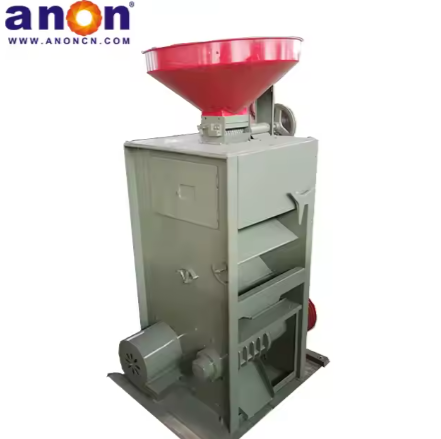
Combined rice mill plant
A combined rice mill can be used to start a small rice mill factory or for home-based processing. The cleaning section typically includes a combination cleaning machine, made up of a cylindrical pre-cleaning sieve and a stone remover. And then a husker, a brown rice separator, a rice mill, and a broken rice sieve. When these machines connect to a production line, an elevator is needed to transport the rice from one step to the next. If you have a small budget, you can start your rice milling business with a combined rice mill. This type of rice mill is also easy to upgrade and, with the addition of a color sorter and polishing machine, can process high-quality white rice.
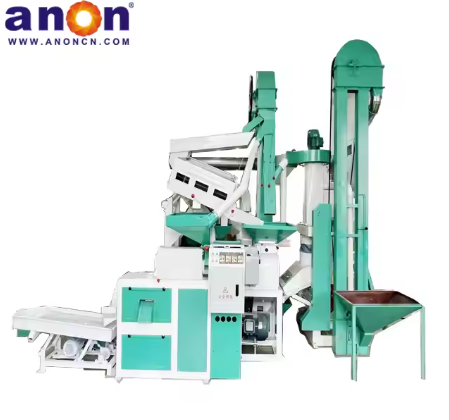
Modern rice mill plant
Modern rice mills have high-quality requirements and large production demands. Mills with a daily output of over 40 tons need a vibrating cleaning sieve and a stone remover for cleaning. Mills with a daily output of around 60 tons can add an additional cylindrical pre-cleaning sieve at the front to reduce cleaning pressure. The machines in each step are all designed for high capacity. Adding a color sorter and polishing machine improves the rice quality, and we equip the full set of machines from cleaning to packing.
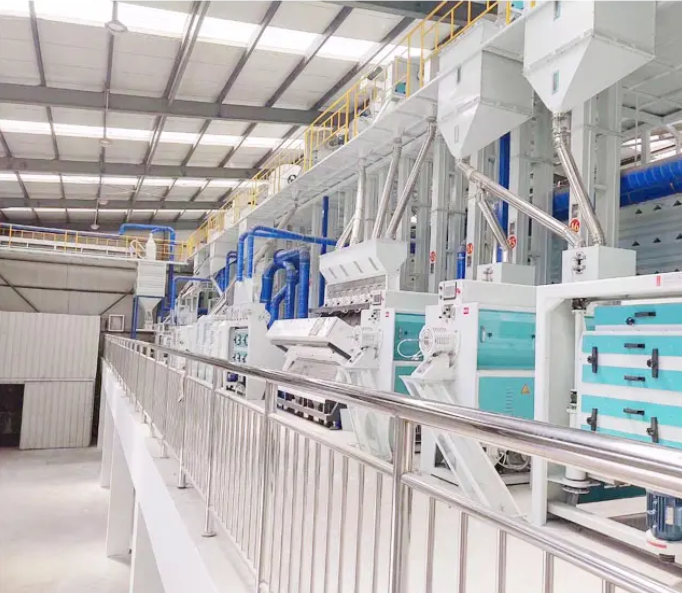
Parboiled rice plant
We obtain parboiled riceby cleaning, soaking, steaming, and drying unprocessed paddy before dehulling and milling it into a nutritious form. The nutritional retention rate of steamed rice can reach over 87%. Through this process, the rice absorbed nutrients from the husk and germ, giving it a honey-colored appearance. Steaming changes the starch structure of the rice lowers its glycemic index, and makes it suitable for diabetic consumption. Therefore, the production line for steamed rice needs to include both steamed rice processing equipment and milling equipment.
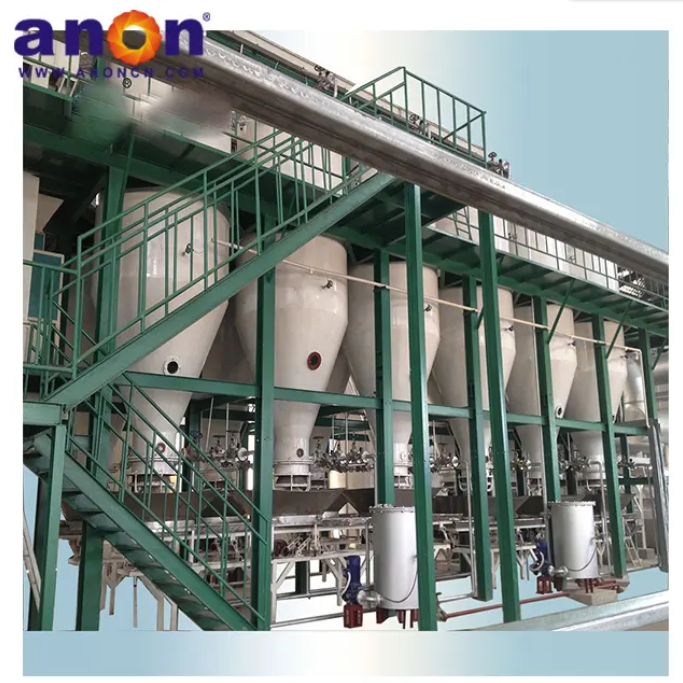
How to select your rice milling machine
After understanding the different types of rice mills, how should you choose your rice mill?
Capacity demand
First is the production capacity. Based on your needs, decide how many tons of rice you want to produce daily to determine whether you need a large production line or small machines. These machines come in different capacities, allowing you to choose a production line that suits your desired output.
The requirements for rice
Next, consider your requirements for rice quality and variety. To produce high-quality rice for a premium brand, you must equip your line with a color sorter and polishing machine, which do not appear in regular white rice processing. These machines improve the rice’s appearance and commercial value. If you are only producing regular rice, these machines are not necessary. If you also want to make steamed rice, you will need additional equipment, such as a steaming tank, soaking tank, and dryer.
Budget
Finally, and most importantly, consider your budget. If you have limited funds, start with small, household machines. As your business grows and funds become more available, you can gradually upgrade to medium or large production lines.
Conclusion
In conclusion, there are many machines in the rice milling process. By understanding the functions of different rice mills and considering your own situation, you can choose the right machines. ANON commits to providing you with professional solutions that support more efficient and better production!
FAQ
1. What is the difference between a single-pass rice mill and a multi-pass rice mill?
In a single-pass milling process, one machine removes the husk and bran, directly producing white rice from the paddy. In a multi-pass process, separate machines remove the husk and bran to produce white rice.
2. What is good milling on rice?
In an ideal milling process, this will result in the following fractions: 20% husk, 8−12% bran depending on the milling degree, and 68−72% milled rice or white rice depending on the variety. Total milled rice contains whole grains or head rice and broken rice.
3. Why is bran removed from rice?
The milling process removes rice bran to enhance the texture and taste of the grains after cooking.


